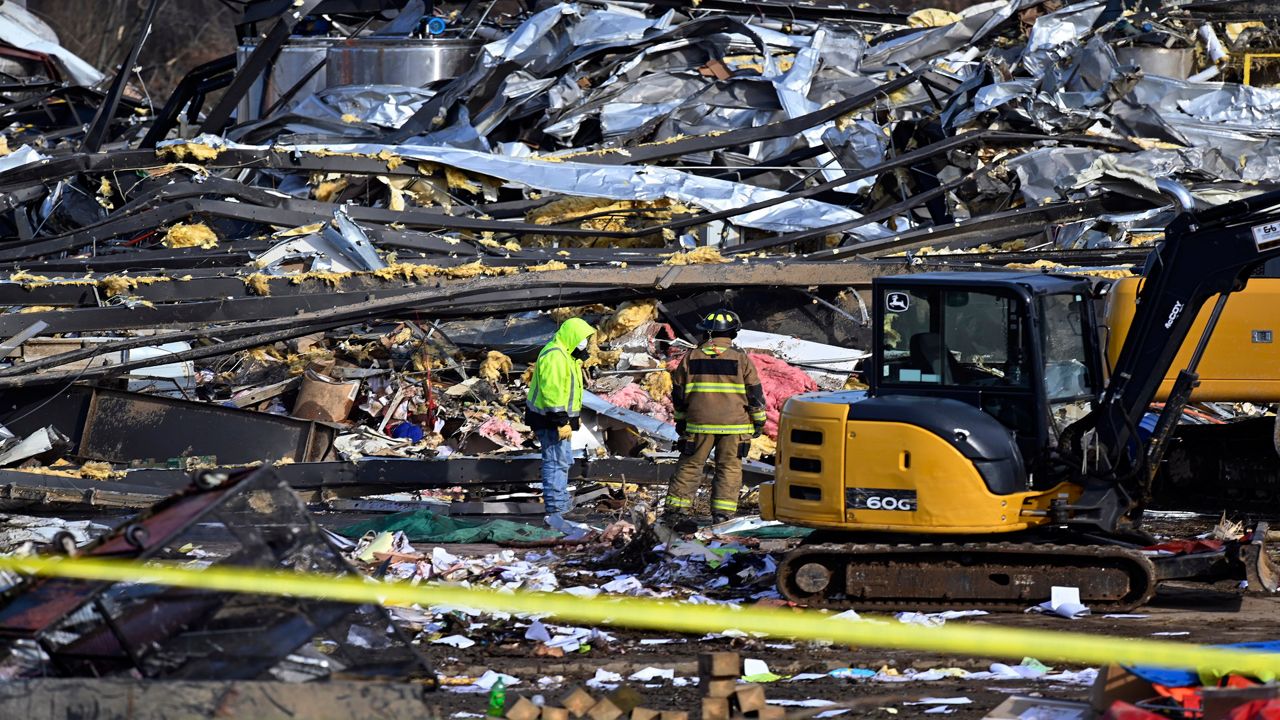2021 certainly brought more than its fair share of extreme weather. We've narrowed down the many big weather events down to five where you, our Spectrum viewers, live and work.
Trying to rank these weather stories is challenging–should we use cost? Population affected? The number of deaths? The reality is that, for people hit by a disaster, that one is what ranks as their No. 1. So, our list essentially goes from the beginning of the year to the end.
This past February was the coldest one in the U.S. in more than 30 years. In Texas, the epicenter of the cold wave's impacts, temperatures were the coldest they’d been since at least December 1989. Wind chills fell below zero all the way to the Rio Grande River and all 254 Texas counties were under a Winter Storm Warning on Feb. 14.
Austin’s temperature fell to 6 degrees on Feb. 16, setting a new February record for the city. The temperature was also below freezing for at least six days, the longest stretch on record. Even Houston, next to the Gulf of Mexico, fell into the teens. Subzero readings reached as far as North Texas.
Several rounds of ice and snow struck Texas. San Antonio set a February snowfall record with 6.2” of snow, and Del Rio’s 11.2” was more than enough to set an all-time snowfall record, beating 8.6” from January 1985.
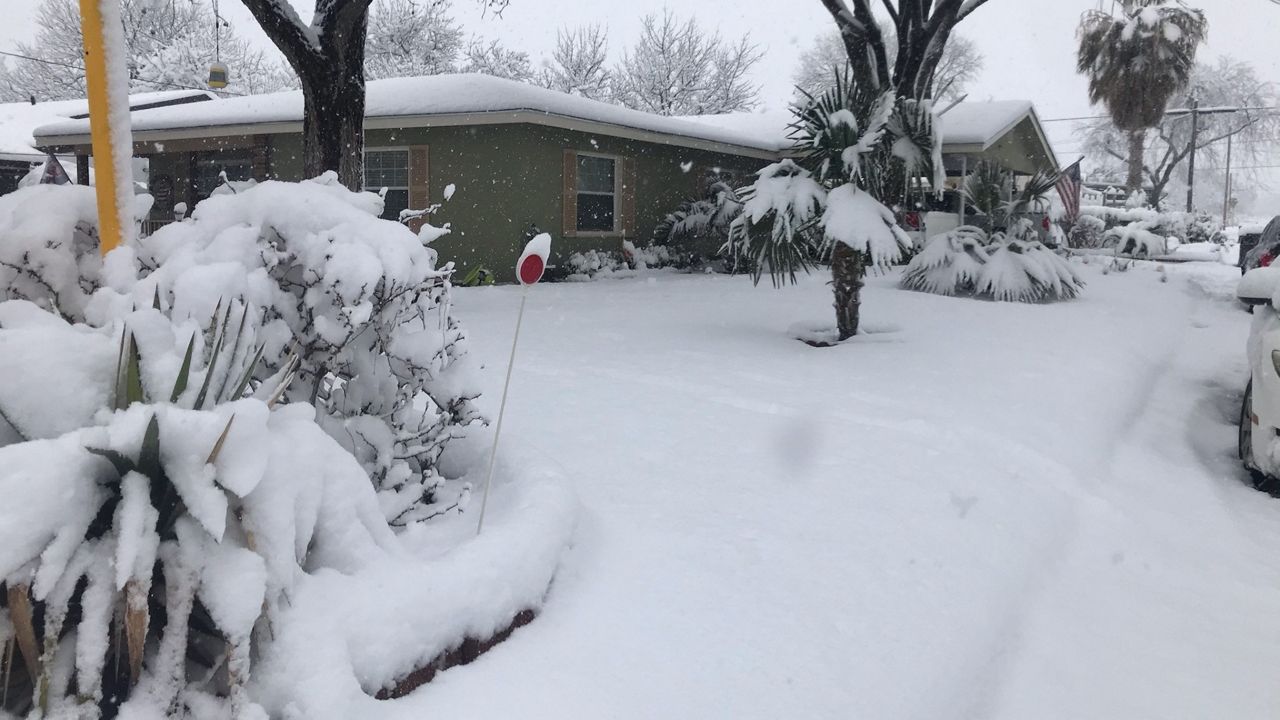
The extreme weather stressed utilities, causing widespread power outages that took more than two weeks to repair. The cold air outbreak was blamed for more than 200 deaths just in Texas.
Other areas in the Plains also endured amazingly frigid weather. Oklahoma City dropped to -14 degrees, its second-coldest temperature on record and the coldest since 1899. Hastings, Neb. bottomed out at -30, setting an all-time record for the city.
Spectrum News 1 meteorologist Mary Wasson recalls the experience. "In the weeks after the storm, it was hard to wrap your mind around what we went through as a state. I believe we did our best preparing and carrying our viewers through this historic event. It will be something I will always remember," she says.
The multi-year drought in the western U.S. held its grip yet another year. The U.S. Drought Monitor showed widespread extreme to exceptional drought conditions throughout much of 2021.
Wildfires in California burned more than 2.5 million acres, more than the five-year average but far less than the 4.1 million acres in 2020. Even so, this year’s Dixie Fire alone burned 963,309 acres, making it the second-largest wildfire on record in the state. Three others ranked in the top 20.
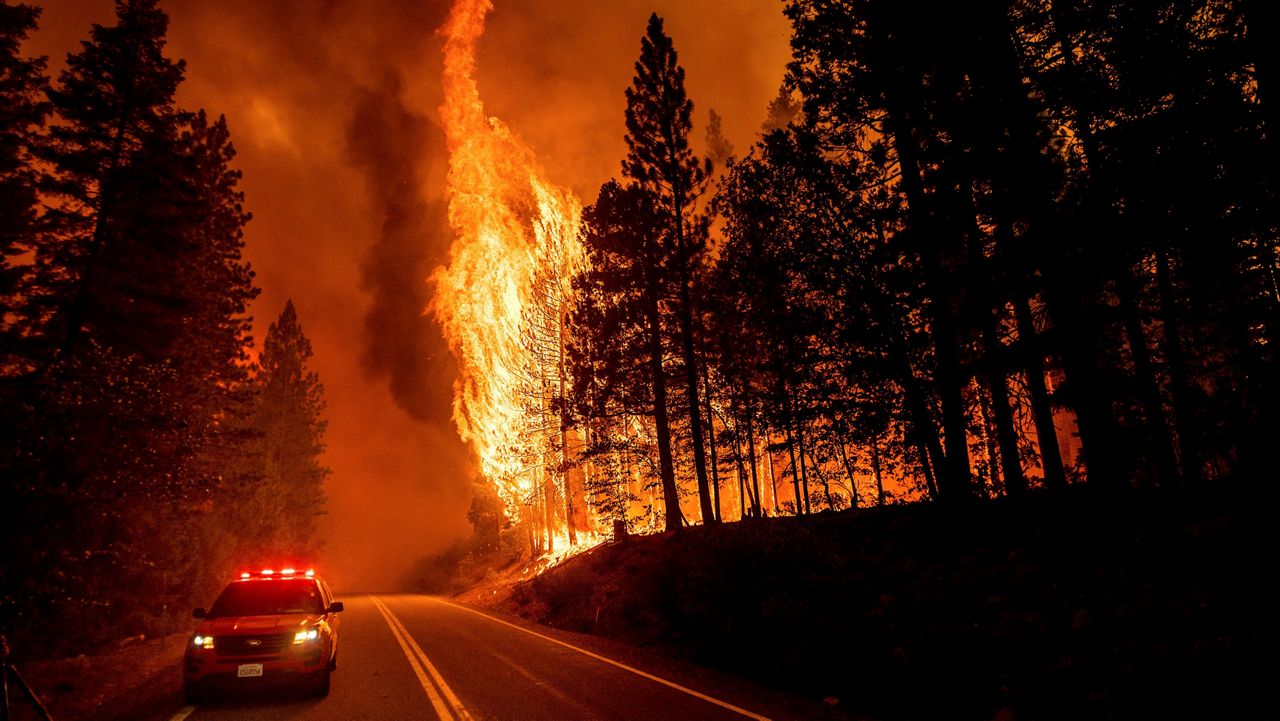
Lake Mead’s water elevation at Hoover Dam dropped to 1,067 feet above sea level in July, its lowest since 1937–when the lake was still being filled. That level put it around 35% capacity; at full capacity, its water elevation is 1,220 feet, according to NASA.
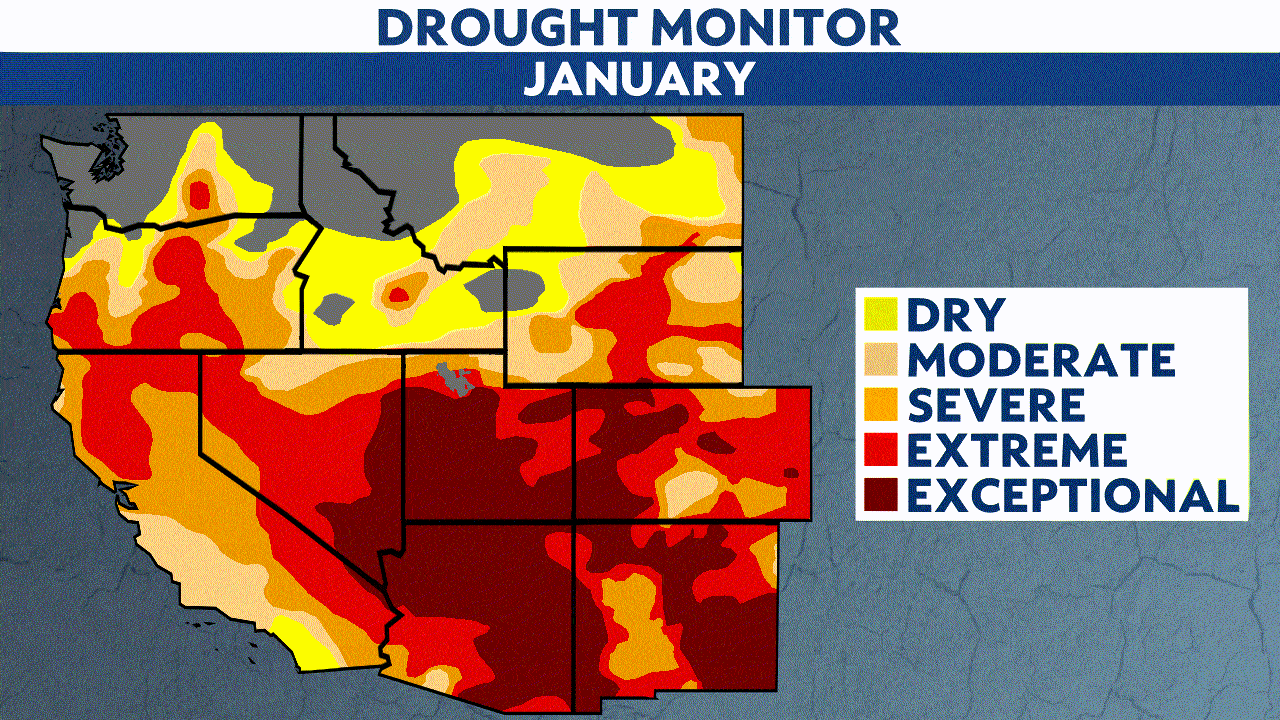
This summer also brought scorching heat to the Pacific Northwest into western Canada. Dozens of records fell, sometimes back-to-back. Portland, Ore. peaked at 116 degrees on June 28 after setting all-time heat records each of the previous two days. Even coastal cities suffered in the heat: Seattle hit 108 and Quillayute, Wa. reached 110.
The heatwave killed about 200 people in Washington and Oregon.
Western Canada also faced incredibly hot temperatures. Lytton, British Columbia soared to 121 degrees on June 29, which set a new all-time record for not just the city or for the province… but the entire country of Canada. The next day, a wildfire swept through the town.
The hurricane season brought 21 named storms, the third-most on record. It was the sixth year in a row with above-average activity, although the seven hurricanes and four major hurricanes were close to the long-term average.
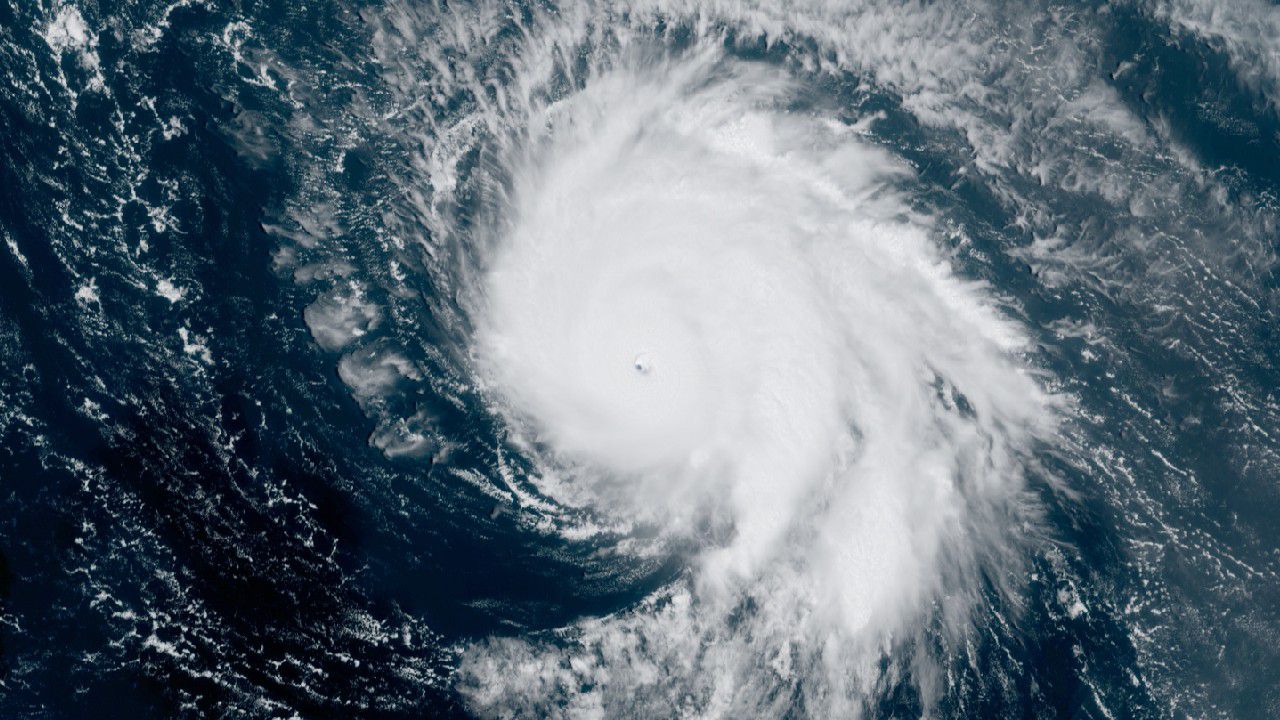
Accumulated Cyclone Energy, or ACE, was also above normal. However, it didn’t even crack the top 10 hurricane seasons based on that measure, according to Spectrum Bay News 9 meteorologist Nick Merianos.
Read our full summary of the 2021 Atlantic hurricane season here.
3.15 inches. That’s how much rain fell in just one hour at New York’s Central Park during the height of Ida’s deluge on the evening of Sept. 1. It was the most to fall in an hour there, washing away the previous record of 1.94 inches set just days beforehand on Aug. 21.
Central Park tallied a total of 7.13 inches of rain on Sept. 1. That alone would have been enough to overwhelm streets, subways and sewers, but it came after the fourth-wettest August on record when more than 10 inches of rain fell, thanks in part to Hurricane Henri. The area was primed for disaster.
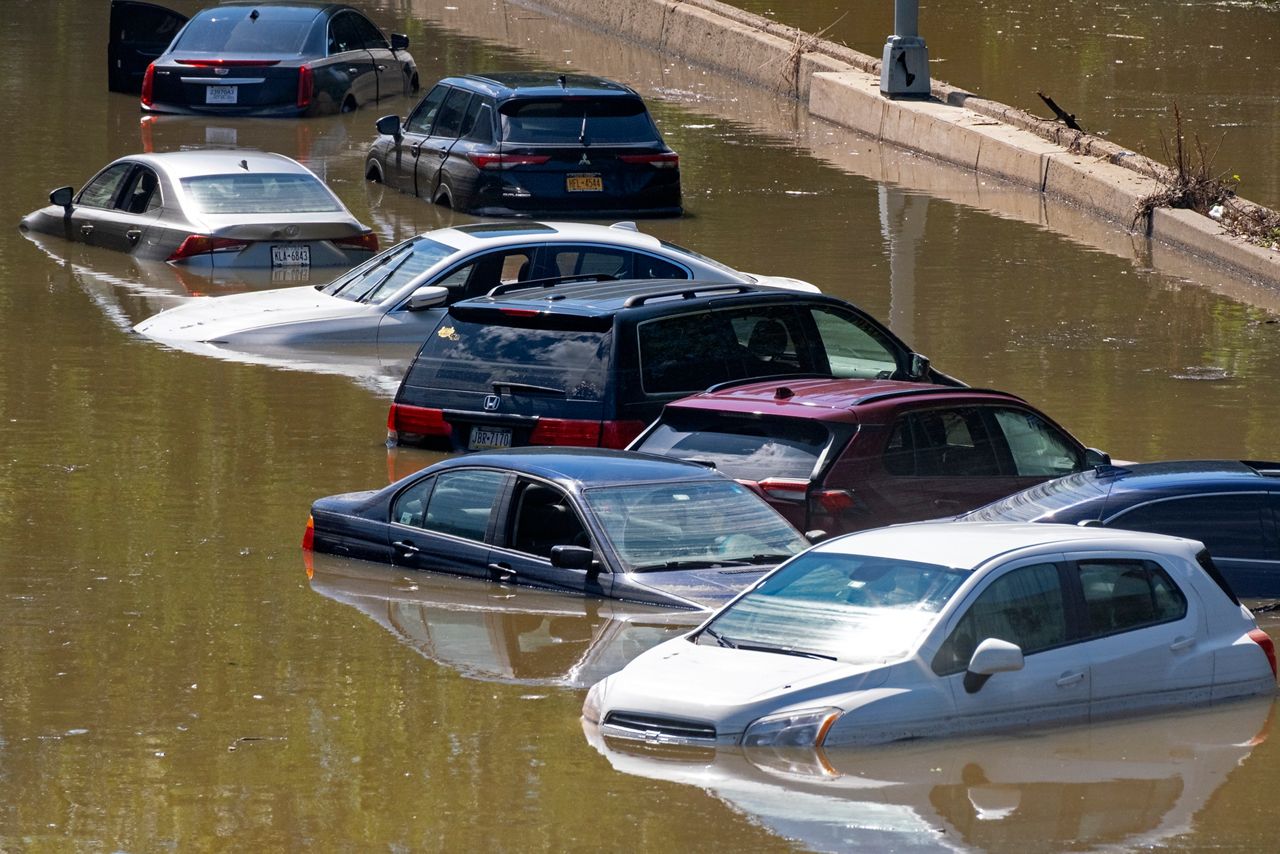
Flooding killed dozens of people in New Jersey and New York alone, mostly in vehicles and basements.
Spectrum News NY1 chief meteorologist John Davitt dealt with flooding in his home, just like many other New Yorkers.
A spring-like storm system struck the central U.S. on Dec. 10-11. In its warm region, a severe weather outbreak unfolded with nearly 70 tornadoes across nine states and hundreds of reports of wind damage.
One supercell thunderstorm alone traveled more than 350 miles over eight hours. Spectrum News Kentucky chief meteorologist Wes Callison was tracking the storm when it was still in Missouri. “You could see it coming at that point, and that’s when we knew something big was about to happen,” he says. Wes shares his experience here.

That storm produced a tornado that tracked 165 miles, devastating Mayfield and Dawson Springs, Ky. Experts rated the tornado damage in Mayfield as EF-4 with estimated winds of 190 mph. The violent tornado outbreak killed 90 people.
Just a few days later, another unprecedented severe weather outbreak hit the Midwest on Dec. 15 after record-breaking warmth. The first December derecho on record produced the most 75+ mph wind gusts in one day since at least 2004 and almost 100 tornadoes, including eight as far north as Wisconsin.



